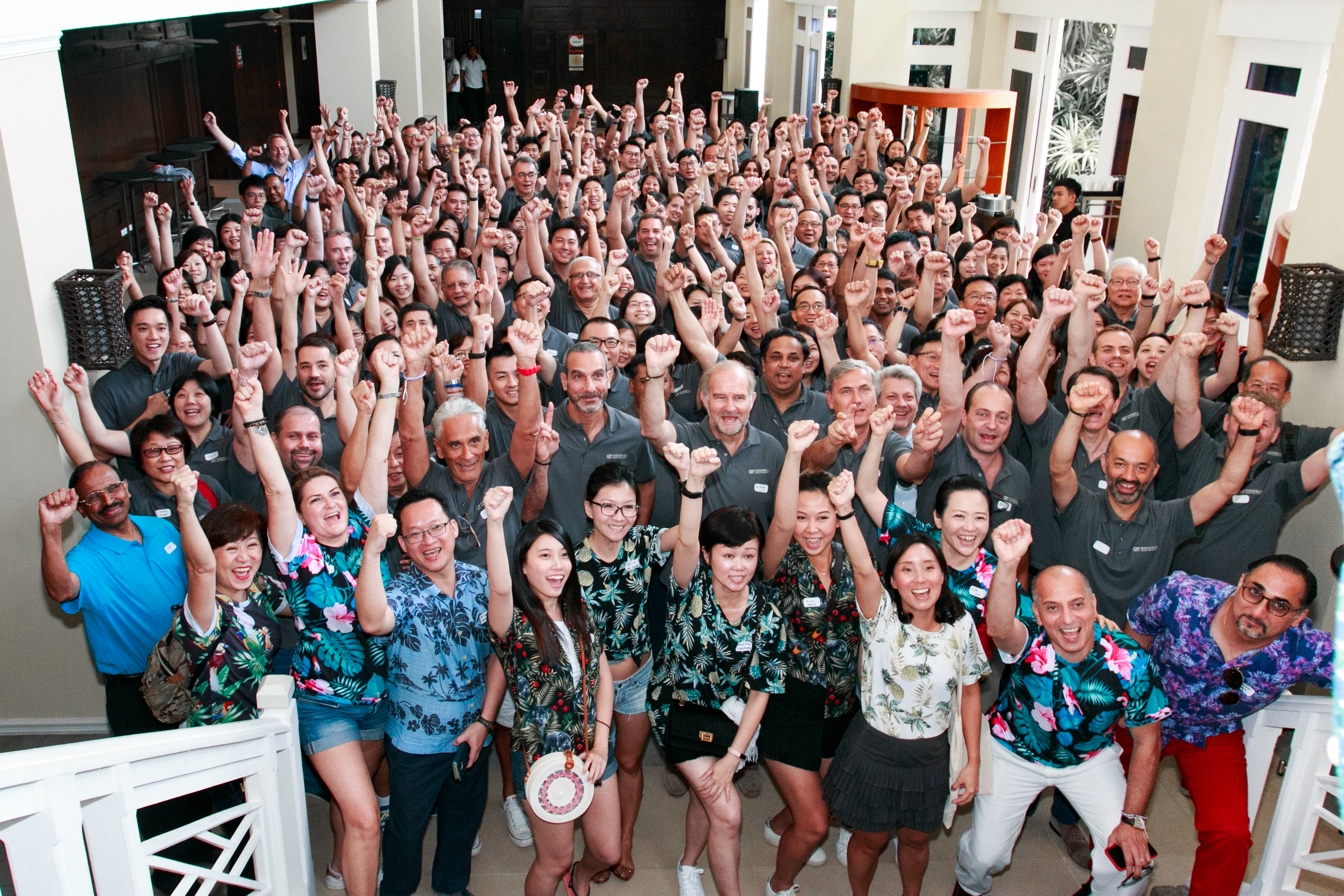How one mid-sized company merged two different people cultures

Acquisitions can be shaky ground for the company being acquired. Sometimes, things continue as they always have, but more often than not, there are changes – for instance, the leadership might be replaced, there might be a change in perks, and there will almost always be a change in culture.
When Indosuez Wealth Management – the private banking arm of France’s second-largest Crédit Agricole – acquired Credit Industriel et Commercial’s private banking operations in Singapore and Hong Kong at the end of 2017, the company also grew its employee base from 250 to 350.
Pierre Masclet, CEO and Singapore Branch Head, Indosuez Wealth Management, shares how the expanded company looked to merge the two people cultures.
1. How would you describe the current culture at Indosuez in Asia-Pacific?
We strongly believe that a close-knit collaborative work culture is conducive not only for each other but also for our clients.
In addition, I have an open-door policy. Anyone from any team or department is welcome to talk to me. This culture of openness and honesty has led to a very efficient workflow. People are not tied up by bureaucracy and politics.
2. What were the big challenges of ‘merging’ the two workplace cultures?
All mergers and acquisitions have an undoubtedly significant impact on the employees in both companies and at all levels.
Fears of changes, uncertainty and insecurity relating to job security, status and professional relationships affect employees in both companies one way or another.
We worked in unison with HR and management from both sides to receive buy-in from staff. My management team and I also spoke one on one with almost all the new incoming staff to try to alleviate their fears and address issues that they may have coming into a new organisation.
For us, the bigger challenges were the differences in work process and procedures and facing the initial resistance from the newly integrated colleagues who had to unlearn old processes and procedures and learn new ones.
3. How did you tackle these challenges?
Before the integration, my management team and I held many town halls, team briefing sessions to communicate our integration strategy internally. We also made it a point to meet all transferring staff personally to provide them with many opportunities to share their thoughts and raise any concerns they may have.
To ensure that all the new staff have a “friendly face” to approach when they encounter issues with any process, system or structural issues, we assigned “buddies” or “sponsors” between the existing staff and the newly integrated staff.
On a more personal note, it also helps encourage networking between the two groups on the very first day.
| “Mymanagement team and I spoke one on one with almost all the new incoming staff to try to alleviate their fears and address issues that they may have coming into a new organisation.” |
During the year, we continued to hold regular orientation programmes and provided the enlarged team with multiple channels of inter-department communication (for example, one-on-one meetings, group sessions, newsletters, intranet updates) in order to further gather feedback and understand concerns.
Most importantly, we have been very committed to giving our staff transparent and honest answers. For example, if we are not able to deliver a change that they have requested, we will share honestly why it cannot be done, or why it may take some time before it will be done.
As CEO, I work in hand with my management and HR teams to resolve concerns. We provide additional coaching for junior managers who might face more challenges in change management.
4. As a leader, what would you say is your biggest takeaway about the whole process, and what are your talent priorities moving forward?
The integration has given the Bank a boost of momentum and dynamism that it needs in the competitive Asian wealth management landscape.
[Moving forward, we will focus on] developing our next generation of leaders.



